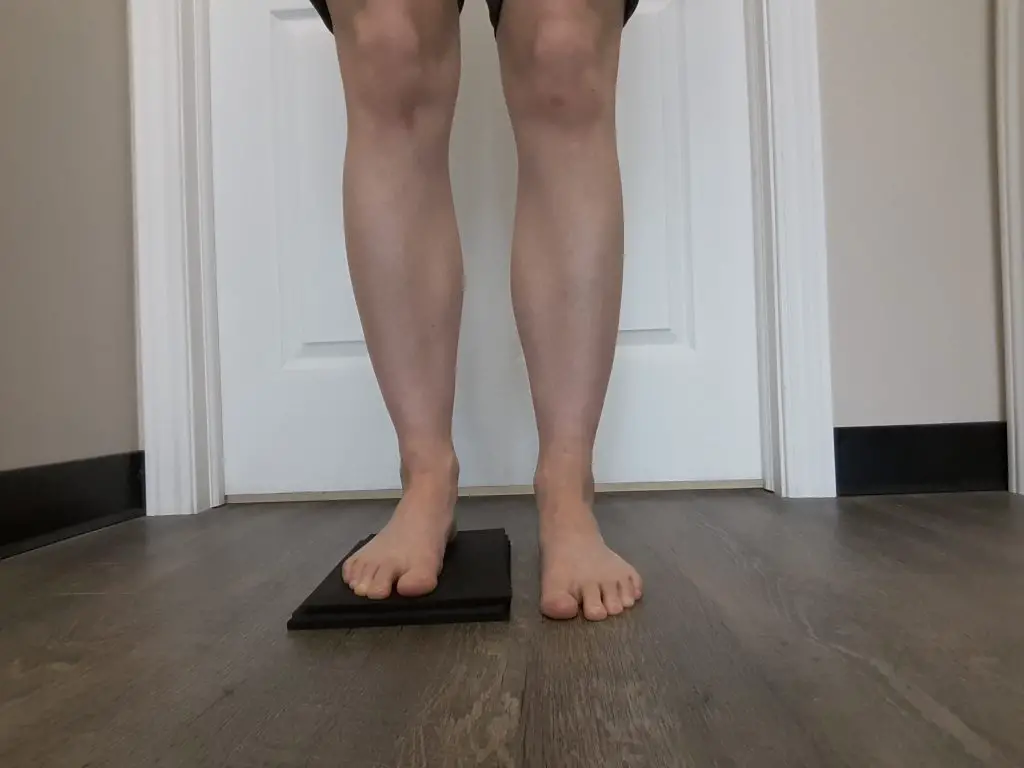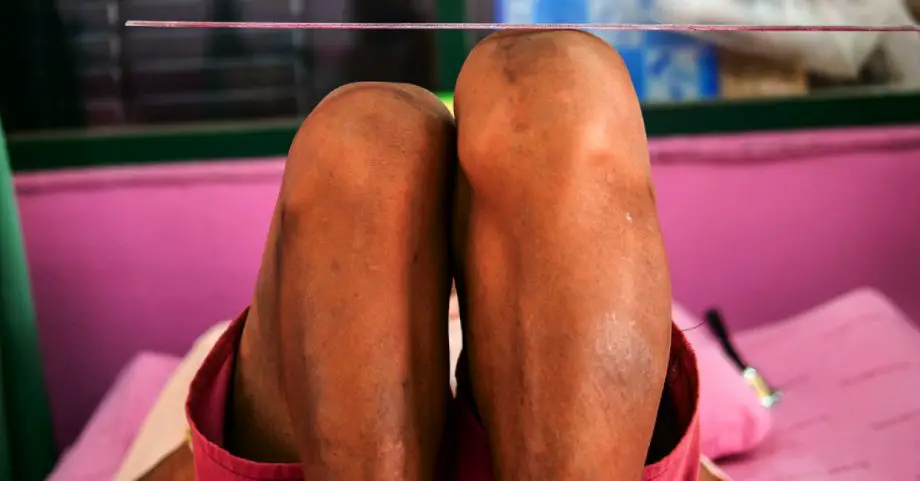When an individual has one leg longer than the other, it’s popularly referred to as leg length discrepancy (LLD).
It is a common physical condition among people and it often varies in severity.
The process of determining whether leg length discrepancy is a disability or not has been a debatable topic over the years, especially among medical practitioners and physiotherapists.
If you’re looking for answers to the same question about LLD, then we’ve got you covered in this article.
We shall be explaining what LLD is about, its causes, symptoms, and solutions while giving you a detailed insight on whether having one leg longer than the other is a form of disability or not.
Table of Contents
- Leg Length Discrepancy (LLD): All You Need to Know
- Types of Leg Length Discrepancy (LLD)
- Is Having One Leg Longer than the Other (LLD) a Disability?
- Signs and Symptoms of LLD
- How to Diagnose LLD
- How to Treat LLD
Leg Length Discrepancy (LLD): All You Need to Know
Leg length discrepancy (LLD) is a physical condition where one leg is longer than the other. The measurement of such length could be by an inch or more, depending on the type and cause of the LLD.
When the difference between the two legs is great or obvious, it is likely to cause an individual to experience pain or have postural or gait problems.
However, if the difference is mild, such individuals will have little or no difficulty with mobility and gait.
Related: How to Use a Walking Frame Correctly
Types of Leg Length Discrepancy (LLD)
LLD is broadly classified into two major types. They include the following:
Anatomical LLD
This condition is also known as structural LLD. It is the physical shortening of one leg due to fracture, bone disease (like osteomyelitis), traumatic injury, bone tumor, Juvenile arthritis (JA), or congenital conditions.
This type of LLD usually affects the femur (thing bone) or tibia (shin bone), where the bones are shorter in one leg than the other leg.
This condition occurs mostly at birth but can also happen as an individual grows older.
Functional LLD
This type of LLD is popularly called non-structural LLD. It occurs when one leg is longer than the other due to problems with any body parts. The affected parts that could lead to functional LLD include the hip, foot, ankle, pelvis, spine, and knee.
Functional LLD can also arise from physical conditions like arthritis, neuromuscular conditions, and rigorous exercises, especially those undergone by athletes or sports enthusiasts.
Poorly treated fracture or joint issue can also result in functional LLD.
Is Having One Leg Longer than the Other (LLD) a Disability?

From what has been discussed so far about LLD, it is easy to deduce whether LLD is a disability or not.
In cases where the LLD is severe and often prevents you from leading a normal life, it can be a disability. You may need to undergo different treatment procedures to correct it, just like any other form of disability.
However, mild cases of LLD that can easily be corrected to the point that it won’t be noticeable or detected in an individual again cannot be referred to as a disability.
Therefore, the type of LLD a person has determines whether the LLD is a disability or not.
Related: Can a Disabled Person Get a Gun Permit? (Answered)
Signs and Symptoms of LLD
The following are some of the signs that indicate you have LLD:
Severe or mild pain
Pain is a major sign of LLD. A leg discrepancy of about two or more centimeters is capable of causing pain in the hip, knee, ankle, or back, depending on the severity of the LLD.
Gait issues
Another prominent symptom of LLD is gait and posture problems. It can cause you to limp or toe-walk due to the imbalance you’re experiencing with both legs.
Fatigue
You might also experience tiredness occasionally, especially while walking.
Inability to wear fitted clothes
LLD can also cause your clothes not to fit properly due to the discrepancy you’re experiencing with both legs.
Non-structural scoliosis
In some cases, people with LLD (especially functional LLD) might have experienced it due to the appearance of a curved spine, which is commonly known as non-structural scoliosis.
Related: How to Get a Disabled Person Upstairs Safely
How to Diagnose LLD
There are different methods of diagnosing LLD in an individual; however, the most prominent one is the medical diagnosis of LLD, which could include any of the following methods.

X-ray
Undergoing an X-ray of the leg and pelvis will help you determine the discrepancy with both legs. It’s one of the most effective ways to determine LLD as it will show you a detailed illustration of the affected joint or bone.
Observation
A careful observation of how a person stands, moves, and sits can help determine LLD.
CT scan
A computerized tomography scan, commonly known as a CT scan, is another credible way of diagnosing LLD.
It will provide a more accurate and detailed diagnosis of LLD than X-rays.
Gait analysis
The ability to carefully analyze a person’s gait and composure also helps to diagnose the presence of LLD.
Standing on blocks
This method is also an effective way of measuring LLD. It can be done when you are made to stand on blocks until your hips are leveled.
How to Treat LLD
Treatment for LLD is often determined by the severity of the discrepancy or how many inches long one leg is to the other.
Also, the type of LLD a person is suffering from (whether structural or functional LLD) helps determine the type of treatment required.
Treatment for structural LLD is quite complicated and is typically determined by the discrepancy level or the existing length difference between both legs.
The correction of structural LLD often requires surgery and the best extensive rehabilitation, coupled with physical therapy and exercises to correct the LLD adequately.
When correcting LLD, surgery aims to stop the growth of the longer leg, lengthen the shorter leg, or shorten the longer leg. It all depends on the surgical option you opt for.
In addition, another viable treatment for structural LLD has to do with wearing a shoe lift. However, this is only applicable to people who have a mild case of LLD. Using a shoe lift for mild LLD will greatly improve your gait and ease back pain.
For functional LLD, the treatment is quite mild and has to do with massage, physical therapy, and special exercises to correct the leg discrepancy, weakness, and imbalance.
You should endeavor to also consult your doctor or physiotherapist on the right exercise that you can perform to help you correct the imbalance.



